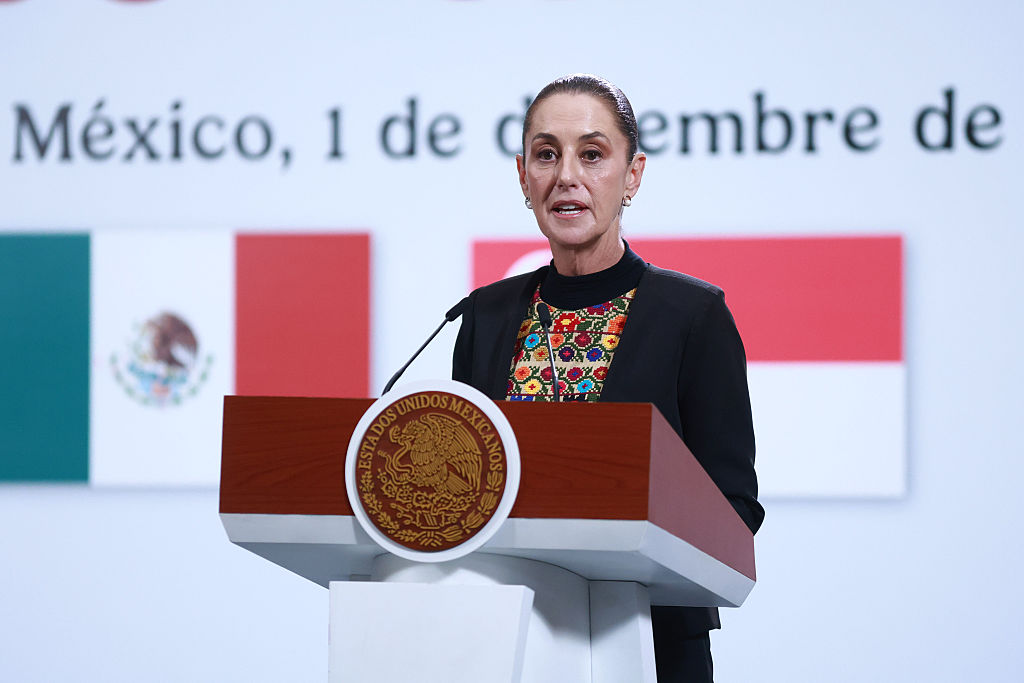Exclusive Interview: MIT's Carlo Ratti on Guadalajara's Ciudad Creativa Digital Smart Cities Project
Exclusive Interview: MIT's Carlo Ratti on Guadalajara's Ciudad Creativa Digital Smart Cities Project
MIT’s Carlo Ratti spoke to AS/COA Online about the Guadalajara smart city project, outlining how it will help foster creative innovation and urban renewal in Mexico’s second-largest metropolis.
Already known as Mexico’s Silicon Valley, Guadalajara is establishing itself as a regional technology hub by regenerating its historic center into a creative space for digital industries. AS/COA Online’s David Gacs spoke to Carlo Ratti, director of MIT’s SENSEable City Lab and the project’s lead designer, about the smart city project and how it will change Mexico’s second-largest city.
AS/COA Online: You’ve worked on smart city projects all over the world. What are the specific opportunities and challenges for the Guadalajara Ciudad Creativa Digital project?
Ratti: There are many challenges when using new technologies in cities and there’s a lot of experimentation in the field of smart cities, or sensible cities, as we call it.
So, there are many challenges, but we believe that Guadalajara also has many opportunities, many related to the unique lifestyle the city offers, thanks to new ways of living and working enabled by these new technologies. Because of the structure of the city, because of the site’s location next to the Parque Morelos, because of the site’s beautiful historical character, it’s possible to imagine people working in Ciudad Creativa Digital in a new way, in indoor-outdoor working environments, through the liberating effects of mobility and new technologies.
AS/COA Online: Why was Guadalajara chosen instead of Mexico City as the site for Ciudad Creativa, and what does the city have to offer that prepositioned it for this type of development?
Ratti: Personally, I believe Guadalajara has two unique strengths. First, the talent that’s already located there associated with the universities and the technology startups in the city. The second strength is the unique character of the city. This sets is aside from other locations and will become more and more important as the global fight for talent increases.
AS/COA Online: What do you think the broader effects of the Guadalajara smart city project might be on the city, especially in terms of social inclusion and the digital divide?
Ratti: Ciudad Creativa Digital has to be an effective urban regeneration project. All those aspects about how you relate to the rest of the city—about how a site’s existing and neighboring communities are included on a site—are crucial to the success of the project.
In the end, these are very crucial components. This is an urban regeneration project that really needs to take into account existing communities to connect with the whole city. These are fundamental issues. The project is much more than just that, but also has to be very conscious of that to successfully revitalize the center of Guadalajara.
AS/COA Online: What other cities do you consider as smart city examples, and what does it take for a city to host these types of projects?
Ratti: I think most cities have something to share with the world. If you’re looking at the field of smart cities you might, for instance, want to look at Singapore if you’re interested in mobility, and you could look at Copenhagen for sustainability. It’s really a result of experimentation, and there are lots of interesting experiments going on in different areas all over the world. So you can’t say there’s just one model for smart cities.
But regarding the second part of the question about other cities with the potential to host projects like Guadalajara, which is, in the end, an urban regeneration project but with a digital creative cities focus, I believe the important thing is to start with the site’s strengths. As Guadalajara, which is called Mexico’s Silicon Valley, already has a strong university base and talent pool, it seems like a perfect place in Mexico for developing a creative hub. The same is important for any city: to begin with its characteristics and strengths and enhance them instead of starting from scratch.
AS/COA Online: You mention digital infrastructure as an important factor in creating smart cities. Could you talk about what this is and how it’s used in urban developments to augment a site’s potential?
Ratti: Digital infrastructure is about all those digital layers that have been added to our cities. It’s about sensors, it’s about networks, and it’s about existing telecommunication infrastructure. It allows us to collect large amounts of data about the city and through this to understand and design better, and ultimately live in a better way.







